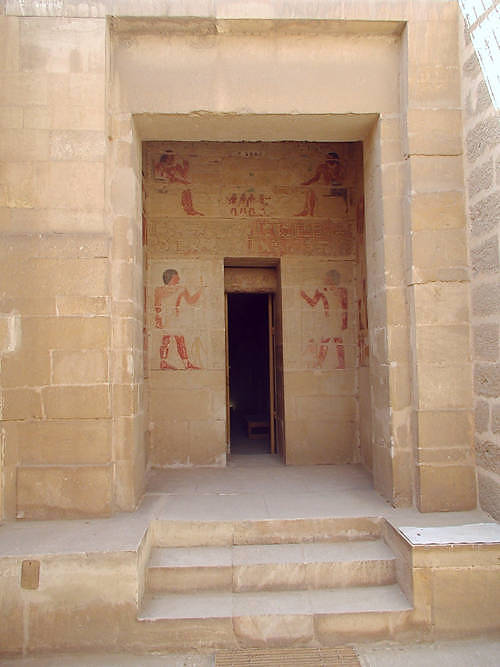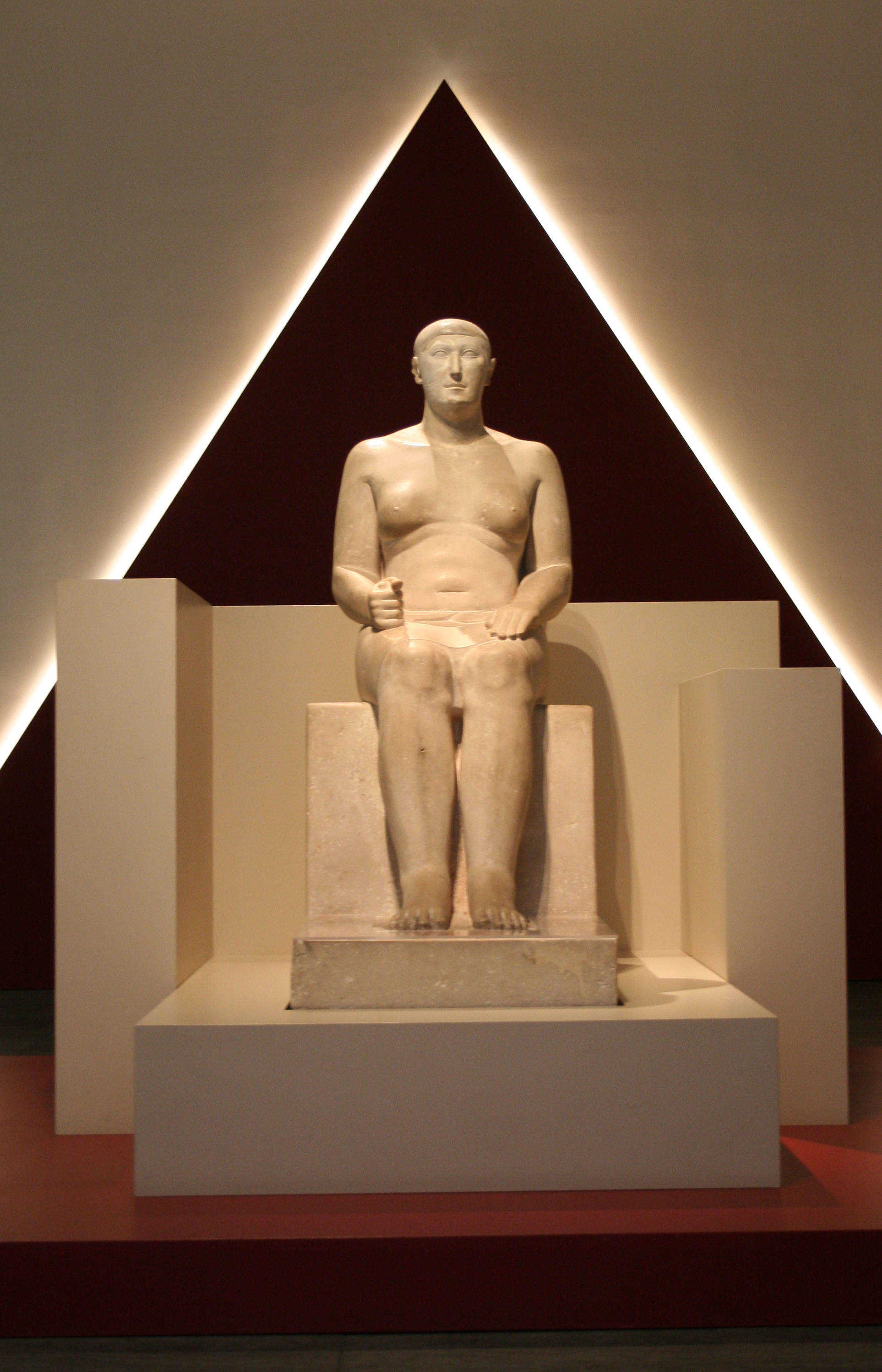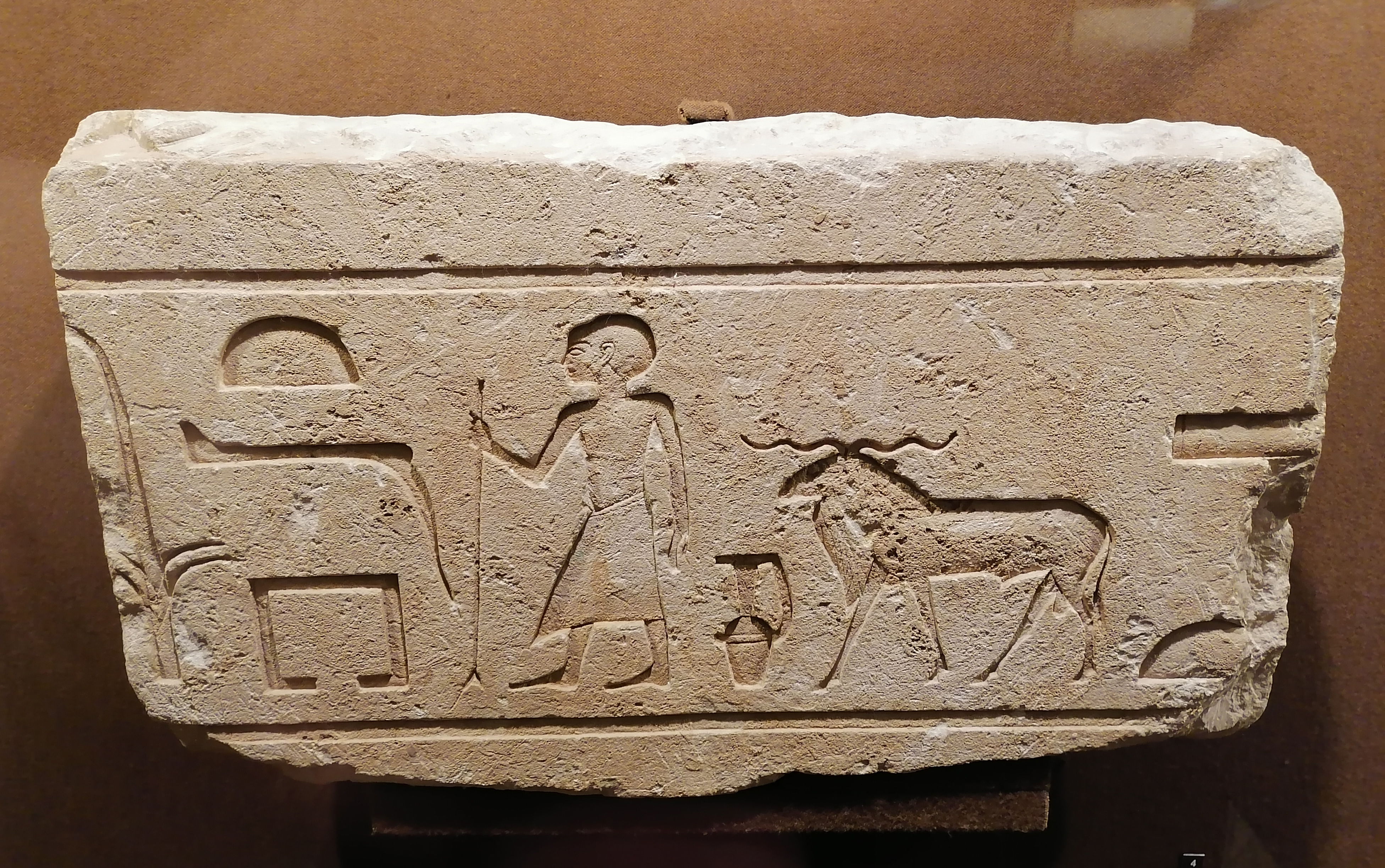|
Khnumhotep
Khnumhotep (alt. Khnumhotpe, Khnemhotpe) is an ancient Egyptian personal theophoric name which may refer to: *Khnumhotep, an ''Overseer of the Manicurists'' under pharaoh Nyuserre (5th Dynasty), famous for his tomb shared with Niankhkhnum * Khnumhotep I, a nomarch under pharaoh Amenemhat I (12th Dynasty) *Khnumhotep II, a nomarch under pharaoh Amenemhat II and Senusret II (12th Dynasty), and grandson of Khnumhotep I *Khnumhotep III, a vizier under pharaohs Senusret II and Senusret III Khakaure Senusret III (also written as Senwosret III or the hellenised form, Sesostris III) was a pharaoh of Egypt. He ruled from 1878 BC to 1839 BC during a time of great power and prosperity, and was the fifth king of the Twelfth Dynasty of the ... (12th Dynasty), and son of Khnumhotep II *Khnumhotep IV, a nomarch, son and successor of Khnumhotep II and brother of Khnumhotep III {{given name Ancient Egyptian given names Theophoric names ... [...More Info...] [...Related Items...] OR: [Wikipedia] [Google] [Baidu] |
Khnumhotep And Niankhkhnum
Khnumhotep ( egy, ẖnm.w-ḥtp(.w)) and Niankhkhnum ( egy, nj-ꜥnḫ-ẖnm.w) were ancient Egyptian royal servants. They shared the title of Overseer of the Manicurists in the Palace of King Nyuserre Ini, sixth pharaoh of the Fifth Dynasty, reigning during the second half of the 25th century BC. They were buried together at Saqqara and are listed as "royal confidants" in their joint tomb. They are notable for their unusual depiction in Egyptian records, often interpreted as the first recorded same-sex couple,. Family Khnumhotep and Niankhkhnum are believed by scholars, including Thomas Dowson, and Greg Reeder, to be the first recorded same-sex couple in ancient history. The assumed romantic relationship between Khnumhotep and Niankhkhnum is based on depictions of the two men standing nose to nose and embracing. Niankhkhnum's wife, depicted in a banquet scene, was almost completely erased in antiquity, and in other pictures Khnumhotep occupies the position usually designated fo ... [...More Info...] [...Related Items...] OR: [Wikipedia] [Google] [Baidu] |
Khnum
Khnum or also romanised Khnemu (; egy, 𓎸𓅱𓀭 ẖnmw, grc-koi, Χνοῦβις) was one of the earliest-known Egyptian deities, originally the god of the source of the Nile. Since the annual flooding of the Nile brought with it silt and clay, and its water brought life to its surroundings, he was thought to be the creator of the bodies of human children, which he made at a potter's wheel, from clay, and placed in their mothers' wombs. He was later described as having moulded the other deities, and he had the titles "Divine Potter" and "Lord of created things from himself". General information The worship of Khnum centered on two principal riverside sites, Elephantine and Esna, which were regarded as sacred sites. At Elephantine, he was worshipped alongside Satis and Anuket. At Esna, he was worshipped alongside Menhit, Nebtu, Neith and Heka. Khnum was regarded as the guardian of the source of the Nile River. His significance led to early theophoric names of him, for c ... [...More Info...] [...Related Items...] OR: [Wikipedia] [Google] [Baidu] |
Khnumhotep II
Khnumhotep II (''ẖnmw-ḥtp, "Khnum is pleased"'') was an ancient Egyptian '' Great Chief of the Oryx nome'' (the 16th nome of Upper Egypt) during the reign of pharaohs Amenemhat II and Senusret II of the 12th Dynasty, Middle Kingdom (20th century BCE). He is well known for his tomb at Beni Hasan and its decorations. Biography and family He was a member of a powerful family of nomarchs and officials which was likely founded by his grandfather Khnumhotep I and housed in Men'at Khufu. Khnumhotep II held many titles such as ''hereditary prince and count, foremost of actions, royal sealer, sole friend, member of the elite, overlord of Nekheb'', and also ''overseer of the Eastern Desert'', a position which he held from Year 19 of Amenemhat II until at least Year 6 of Senusret II i.e. the date which appears in Khnumhotep's tomb. Like most nomarchs of the time he also held some priestly charges.Wolfram Grajetzki, ''Court Officials of the Egyptian Middle Kingdom'', London 2009.Janic ... [...More Info...] [...Related Items...] OR: [Wikipedia] [Google] [Baidu] |
Senusret III
Khakaure Senusret III (also written as Senwosret III or the hellenised form, Sesostris III) was a pharaoh of Egypt. He ruled from 1878 BC to 1839 BC during a time of great power and prosperity, and was the fifth king of the Twelfth Dynasty of the Middle Kingdom. He was a great pharaoh of the Twelfth Dynasty and is considered to be, perhaps, the most powerful Egyptian ruler of the dynasty. Consequently, he is regarded as one of the sources for the legend about Sesostris. His military campaigns gave rise to an era of peace and economic prosperity that reduced the power of regional rulers and led to a revival in craftwork, trade, and urban development."''The Pyramids: Their Archeology and History''", Miroslav Verner, Translated by Steven Rendall,p386-387 & p416-421, Atlantic, Senusret III was among the few Egyptian kings who were deified and honored with a cult during their own lifetime. Family Senusret III was the son of Senusret II and Khenemetneferhedjet I, also called Khene ... [...More Info...] [...Related Items...] OR: [Wikipedia] [Google] [Baidu] |
Vizier (Ancient Egypt)
The vizier () was the highest official in ancient Egypt to serve the pharaoh (king) during the Old, Middle, and New Kingdoms. Vizier is the generally accepted rendering of ancient Egyptian , etc., among Egyptologists. The ''Instruction of Rekhmire'' (''Installation of the Vizier''), a New Kingdom text, defines many of the duties of the , and lays down codes of behavior. The viziers were often appointed by the pharaoh. During the 4th Dynasty and early 5th Dynasty, viziers were exclusively drawn from the royal family; from the period around the reign of Neferirkare Kakai onwards, they were chosen according to loyalty and talent or inherited the position from their fathers. Responsibilities The viziers were appointed by the pharaohs and often belonged to a pharaoh's family. The vizier's paramount duty was to supervise the running of the country, much like a prime minister. At times this included small details such as sampling the city's water supply. All other lesser supervis ... [...More Info...] [...Related Items...] OR: [Wikipedia] [Google] [Baidu] |
Khnumhotep III
Khnumhotep III (sometimes simply vizier Khnumhotep) was an ancient Egyptian high steward and vizier of the 12th Dynasty. Biography Khnumhotep was the son of the local governor Khnumhotep II, known from his tomb at Beni Hasan (tomb BH3). Khnumhotep was promoted as a young man, under Senusret II to the royal court and was sent on several missions, one of them to the Red Sea, another one to Byblos. He became ''high steward'' and finally ''vizier'' during the reign of Senusret III. The vizier Khnumhotep is known from inscriptions in the tomb of his father, from a stela found at the Red Sea and mainly from his mastaba at Dahshur, within the necropolis attached to the pyramid of Senusret III. The tomb was first excavated around 1894 by Jacques de Morgan who found several inscriptions as well as Khnumhotep's remains from which he estimated that the vizier should have been in his early sixties at the time of his death. New excavations after 2000 found several further biographical ins ... [...More Info...] [...Related Items...] OR: [Wikipedia] [Google] [Baidu] |
Senusret II
Khakheperre Senusret II was the fourth pharaoh of the Twelfth Dynasty of Egypt. He ruled from 1897 BC to 1878 BC. His pyramid was constructed at El-Lahun. Senusret II took a great deal of interest in the Faiyum oasis region and began work on an extensive irrigation system from Bahr Yussef through to Lake Moeris through the construction of a dike at El-Lahun and the addition of a network of drainage canals. The purpose of his project was to increase the amount of cultivable land in that area. The importance of this project is emphasized by Senusret II's decision to move the royal necropolis from Dahshur to El-Lahun where he built his pyramid. This location would remain the political capital for the 12th and 13th Dynasties of Egypt. The king also established the first known workers' quarter in the nearby town of Senusrethotep ( Kahun). Unlike his successor, Senusret II maintained good relations with the various nomarchs or provincial governors of Egypt who were almost as wealthy as ... [...More Info...] [...Related Items...] OR: [Wikipedia] [Google] [Baidu] |
Amenemhat II
Nubkaure Amenemhat II, also known as Amenemhet II, was the third pharaoh of the 12th Dynasty of ancient Egypt. Although he ruled for at least 35 years, his reign is rather obscure, as well as his family relationships. Family Archaeological findings have provided the name of Amenemhat's mother, the "king's mother" Neferu III, but not the name of his father. Nevertheless, it is commonly assumed that he was a son of his predecessor Senusret I. An early attestation of Amenemhat may have come from the tomb of the namesake nomarch Amenemhat, buried at Beni Hasan. This nomarch, who lived under Senusret I, escorted the "King's son Ameny" in an expedition to Nubia, and it is believed that this prince Ameny was no other than Amenemhat II in his youth. The identity of Amenemhat's queen consort is unknown. Many royal women were buried within his pyramid complex, but their relationships with the king are unclear: a queen Keminub must be dated to the later 13th Dynasty, and three "king's ... [...More Info...] [...Related Items...] OR: [Wikipedia] [Google] [Baidu] |
Amenemhat I
:''See Amenemhat, for other individuals with this name.'' Amenemhat I ( Ancient Egyptian: ''Ỉmn-m-hꜣt'' meaning 'Amun is at the forefront'), also known as Amenemhet I, was a pharaoh of ancient Egypt and the first king of the Twelfth Dynasty of the Middle Kingdom. Amenemhat I was probably the same as the vizier named Amenemhat who led an expedition to Wadi Hammamat under his predecessor Mentuhotep IV, and possibly overthrew him from power. Scholars differ as to whether Mentuhotep IV was killed by Amenemhat I, but there is no independent evidence to suggest this and there may even have been a period of co-regency between their reigns.E. Hornung, ''History of Ancient Egypt'', 1999 p.50 Amenemhat I was not of royal lineage, born to Senusret and Nefert who were possibly related to the nomarchial family of Elephantine. The composition of some literary works (the ''Prophecy of Neferti'', the ''Instructions of Amenemhat''M. Lichtheim, ''Ancient Egyptian Literature'', 1973 p.135) ... [...More Info...] [...Related Items...] OR: [Wikipedia] [Google] [Baidu] |
12th Dynasty
The Twelfth Dynasty of ancient Egypt (Dynasty XII) is considered to be the apex of the Middle Kingdom by Egyptologists. It often is combined with the Eleventh, Thirteenth, and Fourteenth dynasties under the group title, Middle Kingdom. Some scholars only consider the 11th and 12th dynasties to be part of the Middle Kingdom. History The chronology of the Twelfth Dynasty is the most stable of any period before the New Kingdom. The Turin Royal Canon gives 213 years (1991–1778 BC). Manetho stated that it was based in Thebes, but from contemporary records it is clear that the first king of this dynasty, Amenemhat I, moved its capital to a new city named "Amenemhat-itj-tawy" ("Amenemhat the Seizer of the Two Lands"), more simply called, Itjtawy. The location of Itjtawy has not been discovered yet, but is thought to be near the Fayyum, probably near the royal graveyards at el-Lisht. The order of its rulers of the Twelfth Dynasty is well known from several sources: two lists re ... [...More Info...] [...Related Items...] OR: [Wikipedia] [Google] [Baidu] |
Nomarch
A nomarch ( grc, νομάρχης, egy, ḥrj tp ꜥꜣ Great Chief) was a provincial governor in ancient Egypt; the country was divided into 42 provinces, called nomes (singular , plural ). A nomarch was the government official responsible for a nome. Etymology The term ''nome'' is derived from grc, νομός ''nomós'' "province, district". ''Nomarch'' is derived from ''nomárkhēs'': "province" + "ruler". Egyptian history The division of the Egyptian kingdom into nomes can be documented as far back as the reign of Djoser of the 3rd Dynasty in the early Old Kingdom, c. 2670 BCE, and potentially dates even further back to the Predynastic kingdoms of the Nile valley. The earliest topographical lists of the nomes of Upper and Lower Egypt date back to the reign of Nyuserre Ini, of the mid 5th Dynasty, from which time the nomarchs no longer lived at royal capital but stayed in their nomes. The power of the nomarchs grew with the reforms of Nyuserre's ... [...More Info...] [...Related Items...] OR: [Wikipedia] [Google] [Baidu] |

%2C_N372.2.jpg)






_-_TIMEA.jpg)
